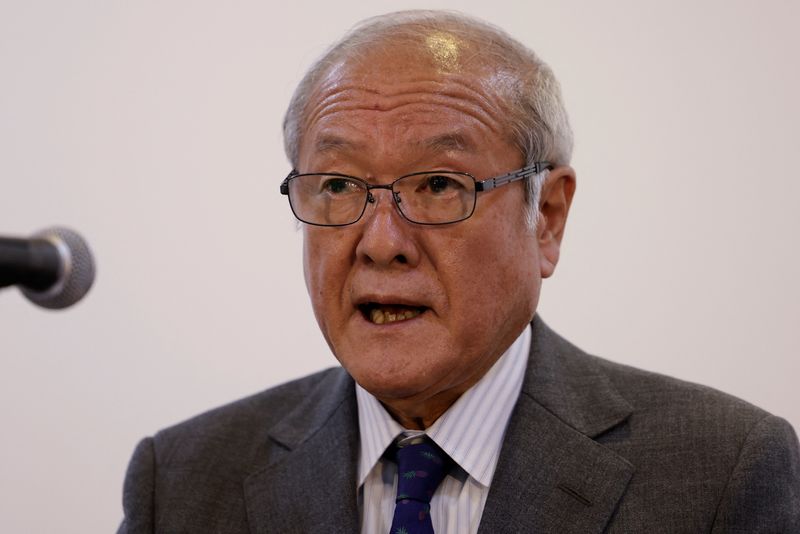Japanese authorities confer on weak yen, hint at intervention option

Amidst the ebb and flow of global currency markets, the corridors of power in Japan are abuzz with discussions centered on the enigmatic trajectory of the yen. Japanese authorities, seasoned navigators of economic tides, find themselves once again at the crossroads, grappling with the implications of a weakening yen.
In Tokyo’s financial nerve center, policymakers and economists convene, their deliberations punctuated by charts, graphs, and projections tracing the yen’s descent. The weakened yen, while offering a boon to exporters by enhancing competitiveness in overseas markets, poses a conundrum for policymakers wary of its broader economic ramifications.
Hints of intervention linger in the air, subtle yet palpable. Behind closed doors, authorities weigh the pros and cons of potential interventions to shore up the yen’s value. Such interventions could take various forms, from verbal interventions through carefully crafted statements to direct market interventions, where the central bank steps in to buy yen and sell foreign currency reserves.
The specter of intervention underscores Japan’s delicate balancing act between domestic economic stability and global market dynamics. While a weaker yen may stimulate export-driven growth, it also risks fueling inflationary pressures and eroding consumers’ purchasing power. Thus, the decision to intervene is fraught with implications, requiring a nuanced understanding of both domestic imperatives and international repercussions.
Moreover, the global economic landscape adds another layer of complexity to Japan’s deliberations. Trade tensions, geopolitical uncertainties, and monetary policy divergence among major economies amplify the yen’s volatility, rendering the task of managing its value akin to navigating through turbulent waters.
Amidst these deliberations, Japanese authorities maintain a measured stance, cognizant of the fine line between proactive intervention and market interference. While the option of intervention looms on the horizon, its execution remains contingent upon a multitude of factors, including market sentiment, economic indicators, and strategic imperatives.
As the discussions unfold behind closed doors, the yen continues its dance on the global stage, its trajectory intertwined with the fortunes of nations and the ebbs and flows of international finance. In this intricate tapestry of economic diplomacy, the fate of the yen hangs in the balance, poised between intervention and laissez-faire, as Japanese authorities navigate the currents of a complex and interconnected world.